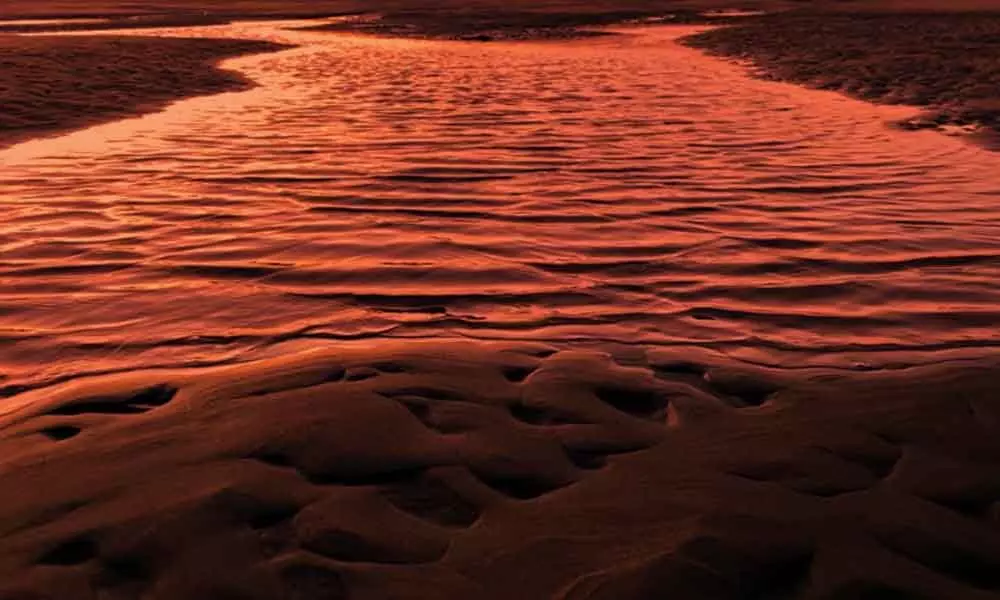More than 5,000 worlds exist beyond our solar system. There could be billions more

As humans, we've always had a connection with the stars and the moon. Myriad discoveries this week have showcased the longevity of that relationship.
For starters, archaeologists found an ancient artificial lake in the Mediterranean. Certain features of the pool aligned with constellations, the team learned, and its horizontal surface served as a mirror for the movements of celestial bodies.
Two and a half millennia after that reflecting pool was built, Apollo 17 astronauts landed on one of those heavenly objects -- the moon -- and brought back samples. One sealed tube from the 1972 mission was just opened. It could inform the way humans explore the lunar surface when astronauts return this decade.
And this weekend, the Solar Orbiter mission makes its closest flyby of the sun, capturing images that could reveal some of the greatest mysteries of the star we've yet to solve.
Our quest to understand the cosmos is never-ending. It's enough to inspire one to write a space age love song.
Other worlds
This illustration displays the variety of exoplanets that exist beyond our solar system.
Scientists were just beginning to discover planets that orbited stars beyond our sun, called exoplanets, in the 1990s.
Now, NASA has confirmed that we know of more than 5,000 worlds outside of our solar system. It's a groundbreaking moment for the fairly young field of exoplanet science -- and experts estimate that there are likely billions of exoplanets waiting to be found.
Separately, for the first time, astronomers witnessed the aftermath of a giant collision between celestial objects around a nearby star, which may have been baby planets in the making. Whoa.
A long time ago
The Vikings weren't an easily deterred bunch. But something caused the Norse to abandon a perfectly good settlement in southern Greenland after hundreds of years.
Researchers long thought it was due to dropping temperatures, likely caused by the Little Ice Age, which persisted for centuries in the North Atlantic region.
It turns out that the cold never bothered these Vikings anyway, according to new research.
The Norse settlers encountered a different kind of climate barrier: drought. While Vikings would do just about anything to ensure success, including carrying their livestock out to the field in spring, drought created even greater hardships than they could stomach.
Dino-mite!
Stan is known as the most complete T. rex fossil in the world.
It's a double feature for big stompers and chompers -- and we finally found out what happened to Stan.
Stan, the world's most complete Tyrannosaurus rex fossil, sold for a hefty $31.8 million at auction in 2020. The controversial sale caused scientists to worry that the 67 million-year-old fossil was lost to science -- and it was. Stan disappeared.
The fossil popped up this week, listed as the star attraction for a new museum of natural history that will open in Abu Dhabi in 2025.
Meanwhile, paleontologists studying Spinosaurus, a predator that was larger than T. rex, discovered that the giant dinosaur had dense bones.
This discovery, combined with other findings in recent years, suggests that Spinosaurus was able to swim and hunt underwater -- so there was one less place for its prey to hide.
Across the universe
Say hello to a true space oddity.
Odd radio circles, or ORCs, are massive space rings that measure about a million light-years across. The mysterious objects were first discovered in 2020, and researchers have tried to determine exactly what they are ever since.
Now, astronomers have captured their best image yet of odd radio circles, using the South African Radio Astronomy Observatory's MeerKAT telescope.
The details from this image have allowed scientists to narrow down their theories about the space phenomena, which may be a shock wave or the remnants of a huge explosion.
Fantastic creatures
A snow leopard is seen in Gilgit-Baltistan, in northern Pakistan, using a camera trap. Credit: Baltistan Wildlife Conservation & Development Organization/Snow Leopard Conservancy
Walking among the icy altitudes of some of the highest mountain ranges on Earth, snow leopards are practically invisible.
But environmental anthropologist Shafqat Hussain has heard the impressive roar of one as it echoed in the valley around him.
Hussain has spent the past 20 years trying to protect these elusive, majestic creatures, which remain under threat. The big cats don't attack humans, but they do hunt livestock, which causes farmers to retaliate by killing them.
Hussain works with local communities to develop ways they can live in harmony, because snow leopards serve surprisingly important roles that support the stability of entire ecosystems.
source: CNN













